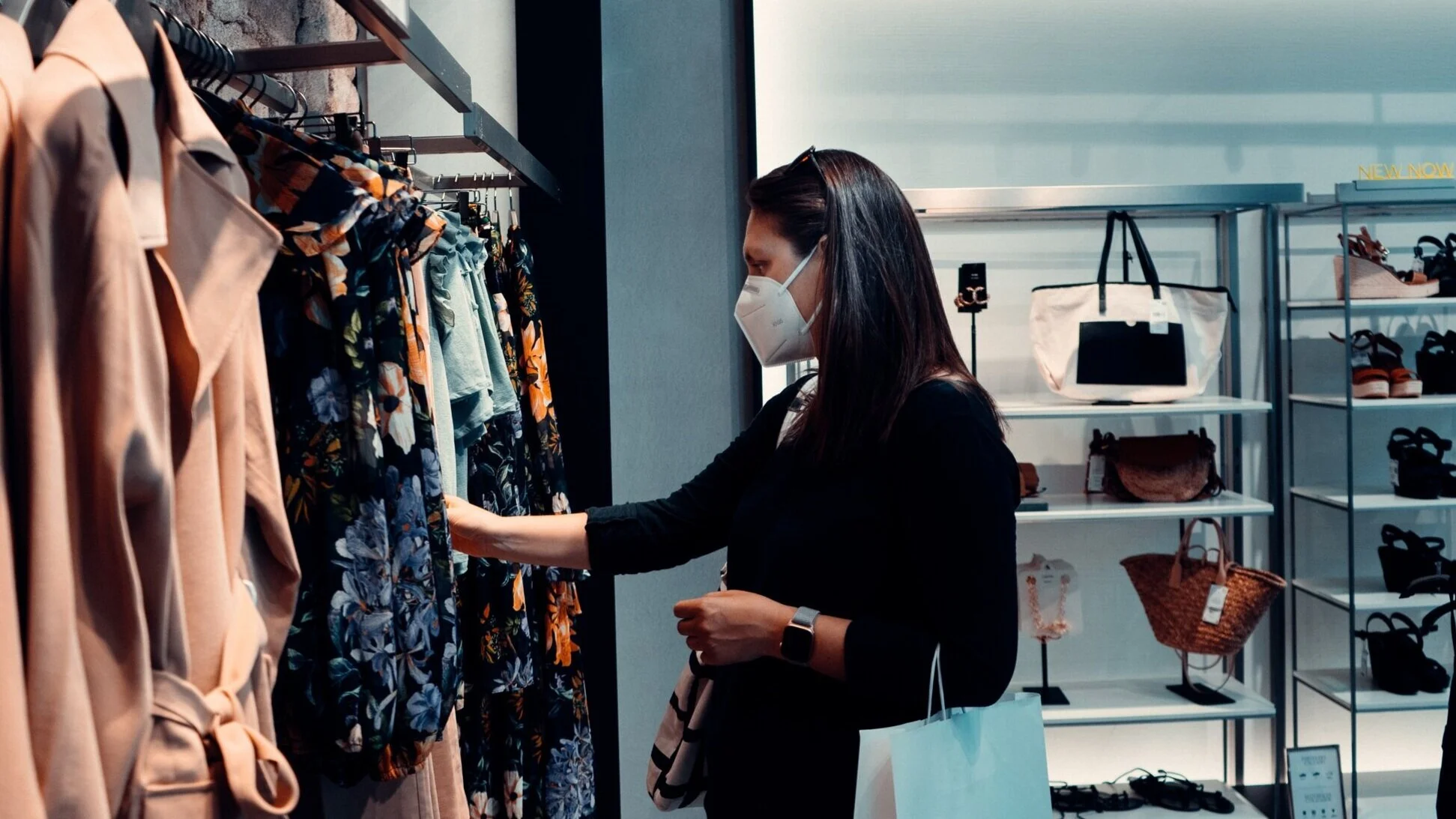Is your research still valid?
A lot has changed since February 2020, before the beginning of the global COVID-19 pandemic, including how people think and behave. In our “new normal” many of our relationships with different retail channels, retailers and brands have changed too. And, that means most of our existing consumer insights and the business strategies they inform are based on outdated models of the world.
In fact, even in the most stable of times, most strategic consumer research, such as attitude & usage studies (A&Us), customer segmentation, price-elasticity models, etc. only have a shelf-life of 3-5 years before they require a refresh to understand meaningful shifts in consumers’ preferences and habits. But today, as a result of the pandemic, we see dramatic differences from just a few months ago in how people are living their lives.
Some examples of dramatic shifts in attitudes and behaviors include:
Increased reliance on online shopping for required staples
Decreased frequency of shopping occasions with larger basket sizes
Panic-buying (leading to popular brands being out-of-stock and opening the door for lesser-known brands to gain new customers
Re-prioritization what is most important in a given category (e.g., availability, antibacterial, etc.)
Designing your business strategy and/or marketing communications, based on insights from existing research, is very likely incompatible with our new normal. New research to measure how your target consumers think, feel, and behave is critical to ensure an accurate understanding of your consumer and design effective strategies to reach them.
DMG Case: Online survey for a global cleaning product manufacturer, June 2020
In a recent study conducted by Diagnostic Measurement Group (DMG) with a sample of n=420 general population consumers, we found that priorities for personal and household cleanliness have dramatically increased over the last 5 months, with sanitizing food and non-food items and washing hands with antibacterial soaps now top-priorities that guide peoples’ behaviors. And, with the recent pandemic-related panic-buying phenomenon, most consumers now agree that it is more important to be open to purchasing new brands when their preferred brand is unavailable.
Moreover, once we understand how target consumers have changed in this new normal, the billion dollar question is whether their changes will be permanent. Most of us hope and expect that life will return to the way it was prior to the pandemic, but only research can help determine which attitudinal and behavioral shifts will endure post-pandemic and which will snap-back.
DMG Case: Online survey for a private equity firm considering restaurant chain acquisition, May 2020
In a recent study conducted by DMG with a sample of n=3,500 general population restaurant goers, we found that once the pandemic is over, consumers expect to continue to order food via online delivery services (e.g., Grubhub, UberEats, etc.), well beyond their pre-pandemic levels. While they certainly plan to go back out to restaurants, their realization that they can order delicious restaurant meals and have it conveniently delivered to their home will likely endure.
If you think your target customer or consumer has changed as a result of the COVID-19 pandemic, then consider whether your consumer insights are still valid.

